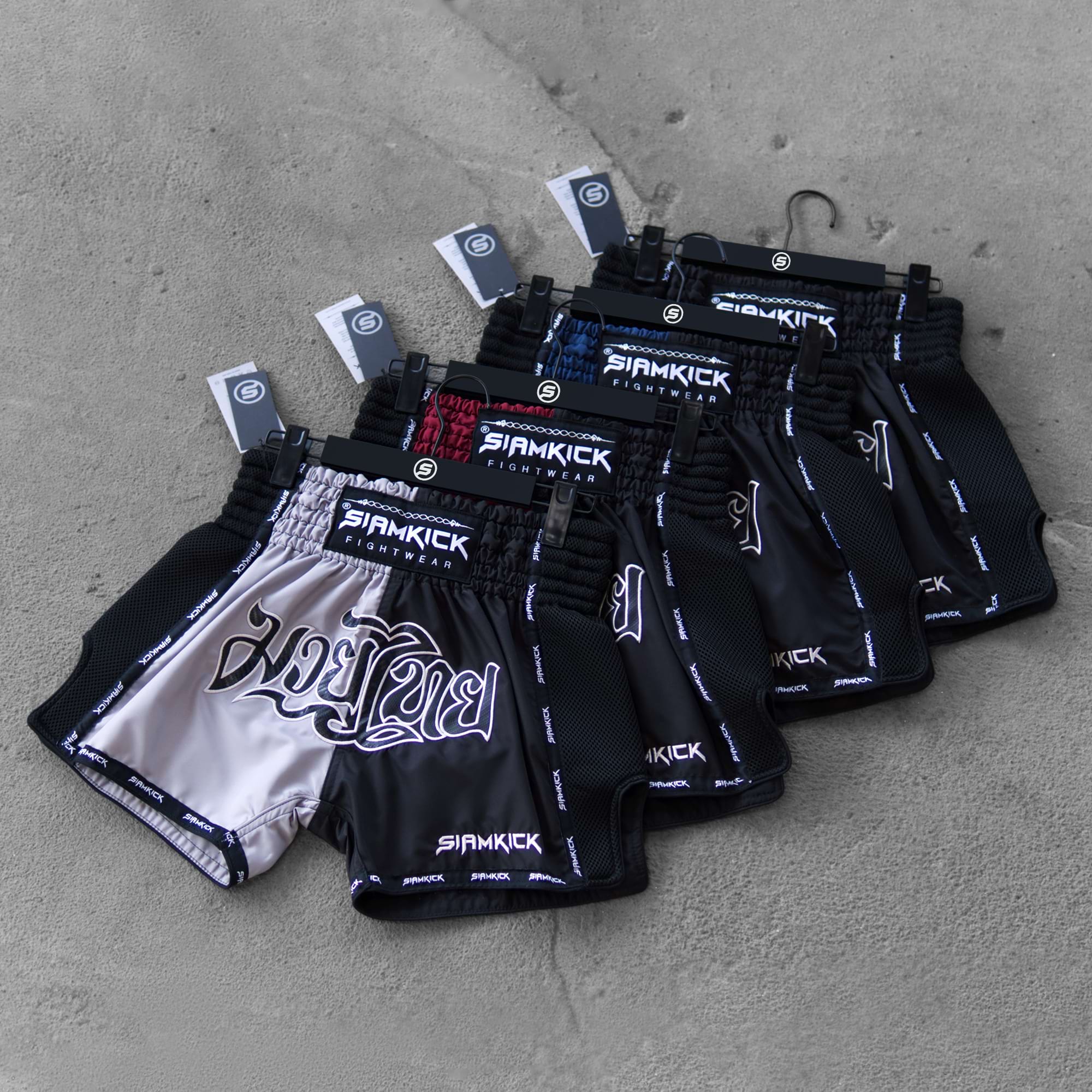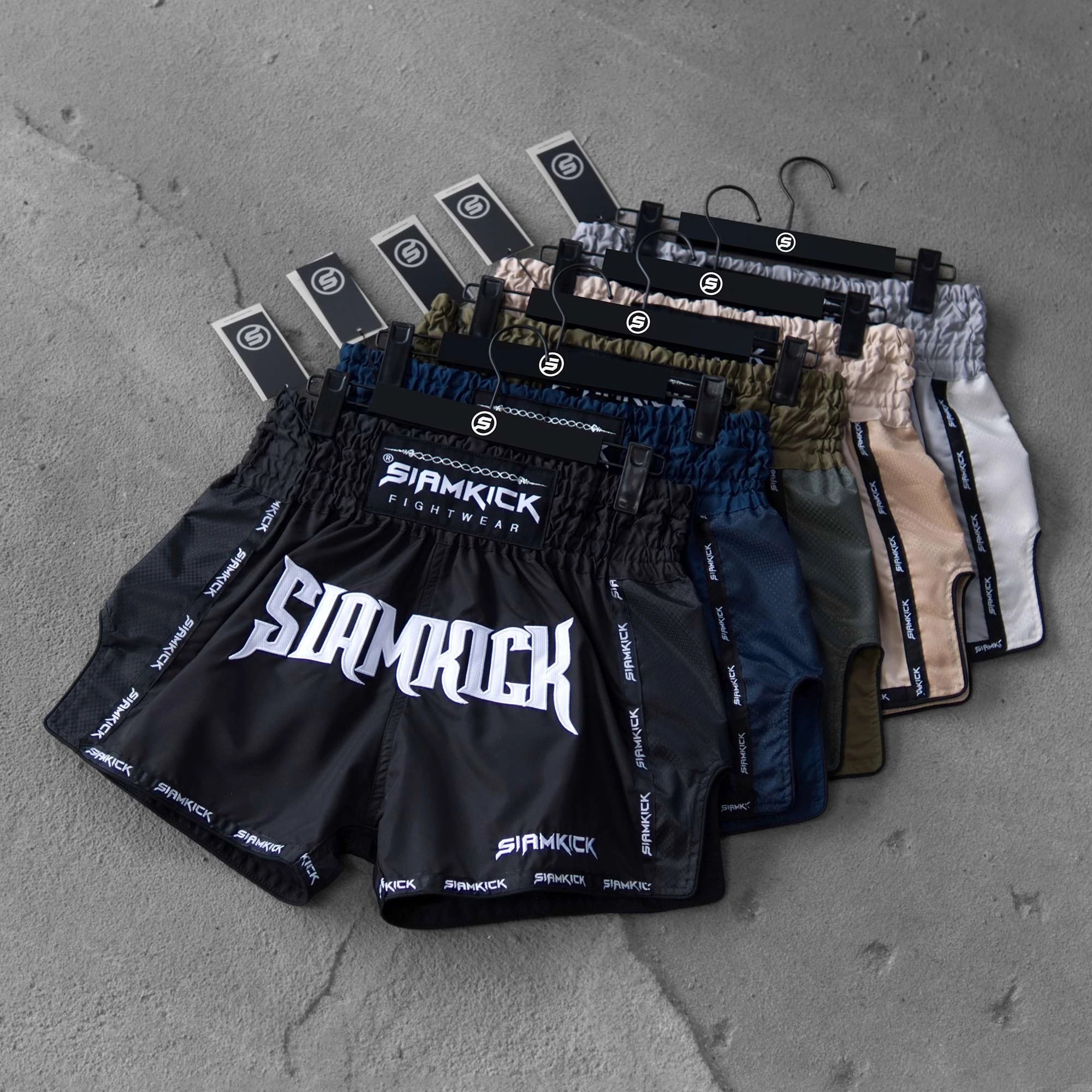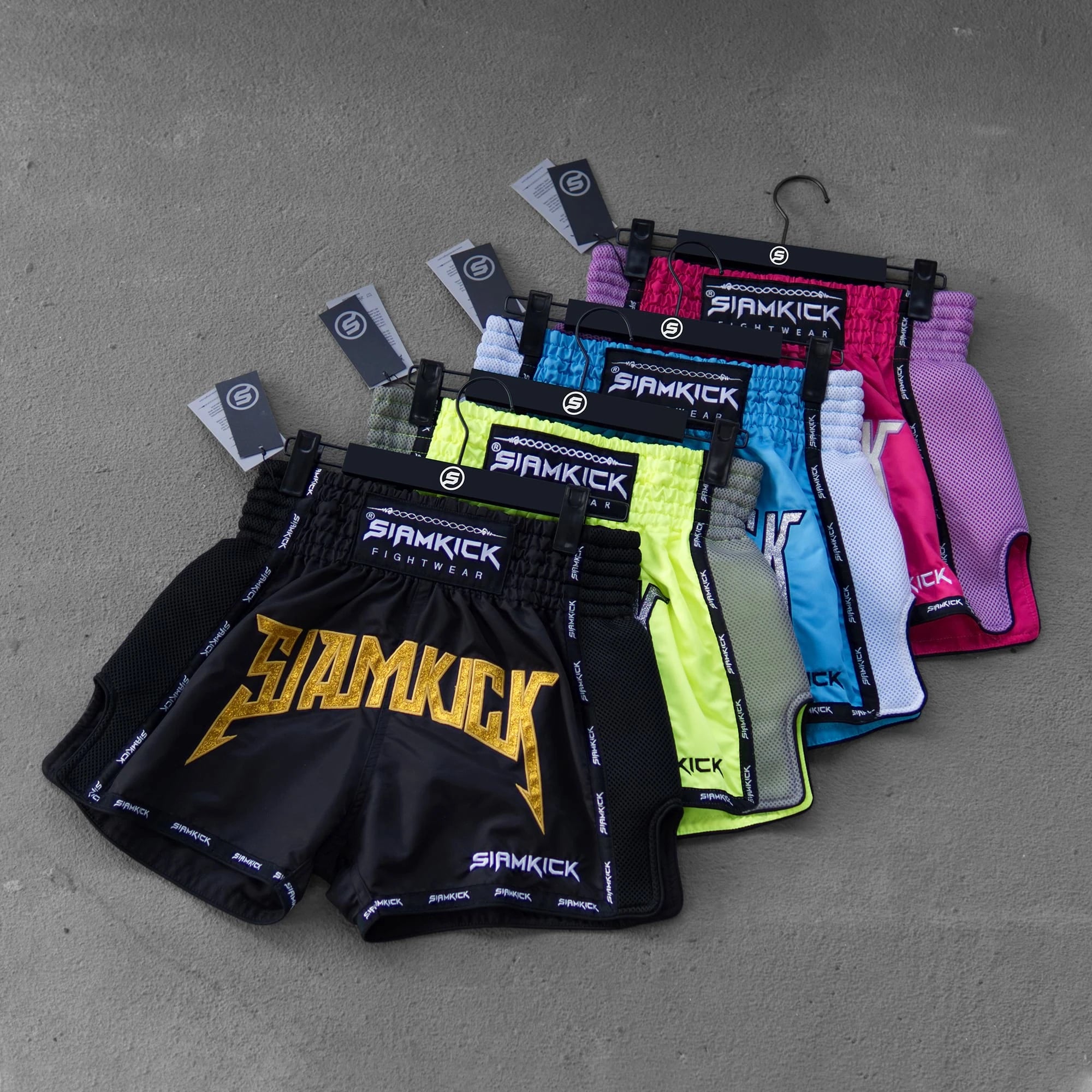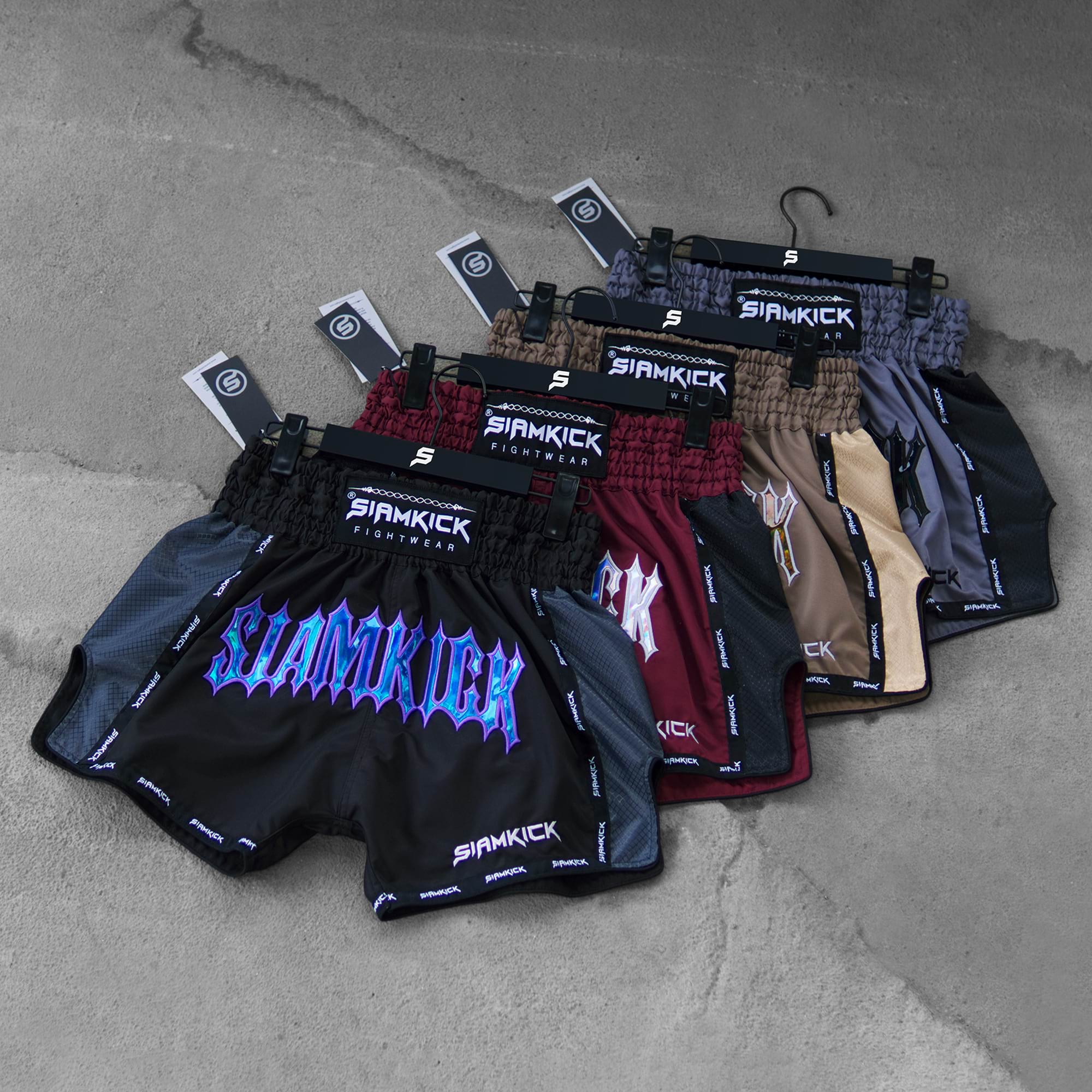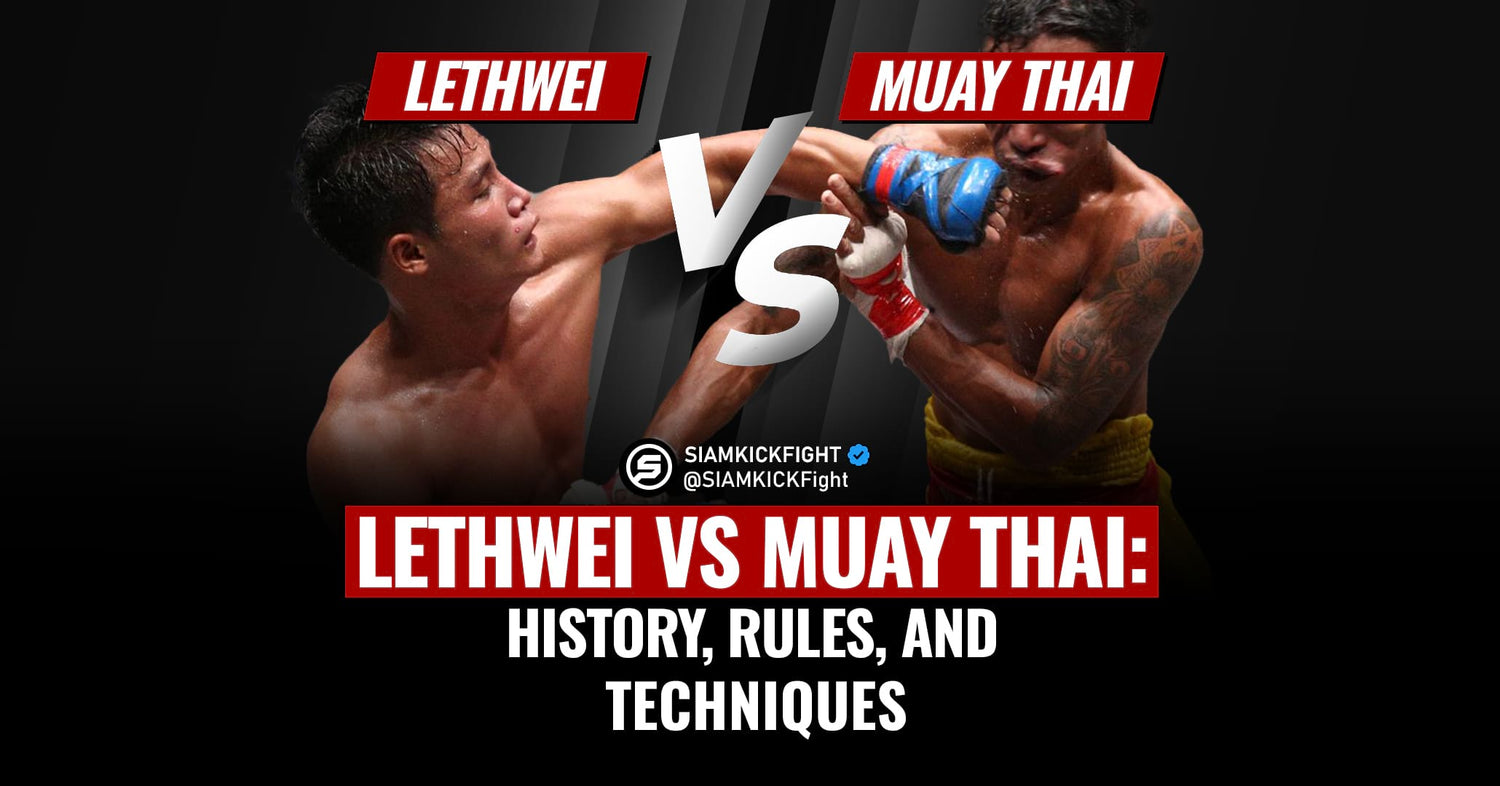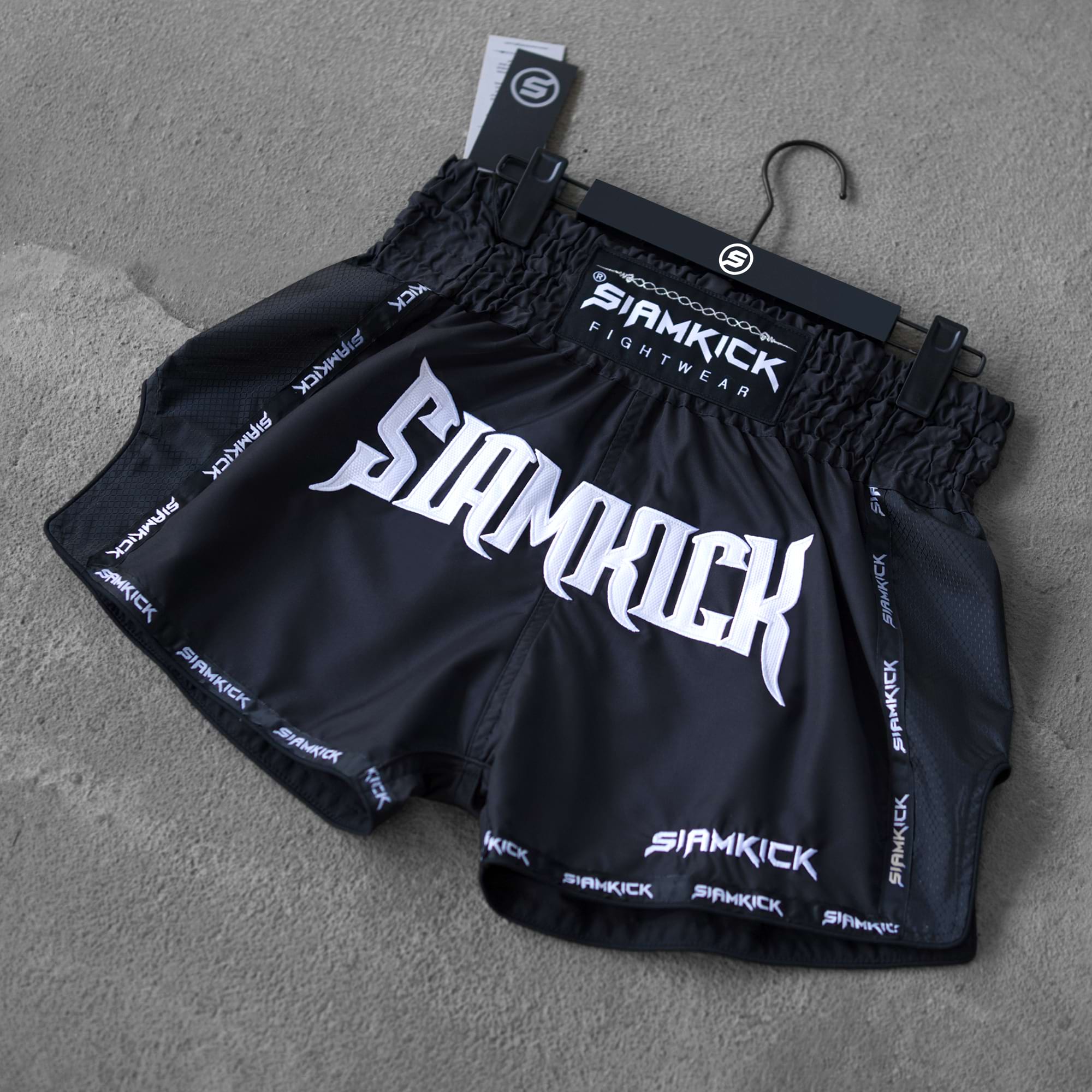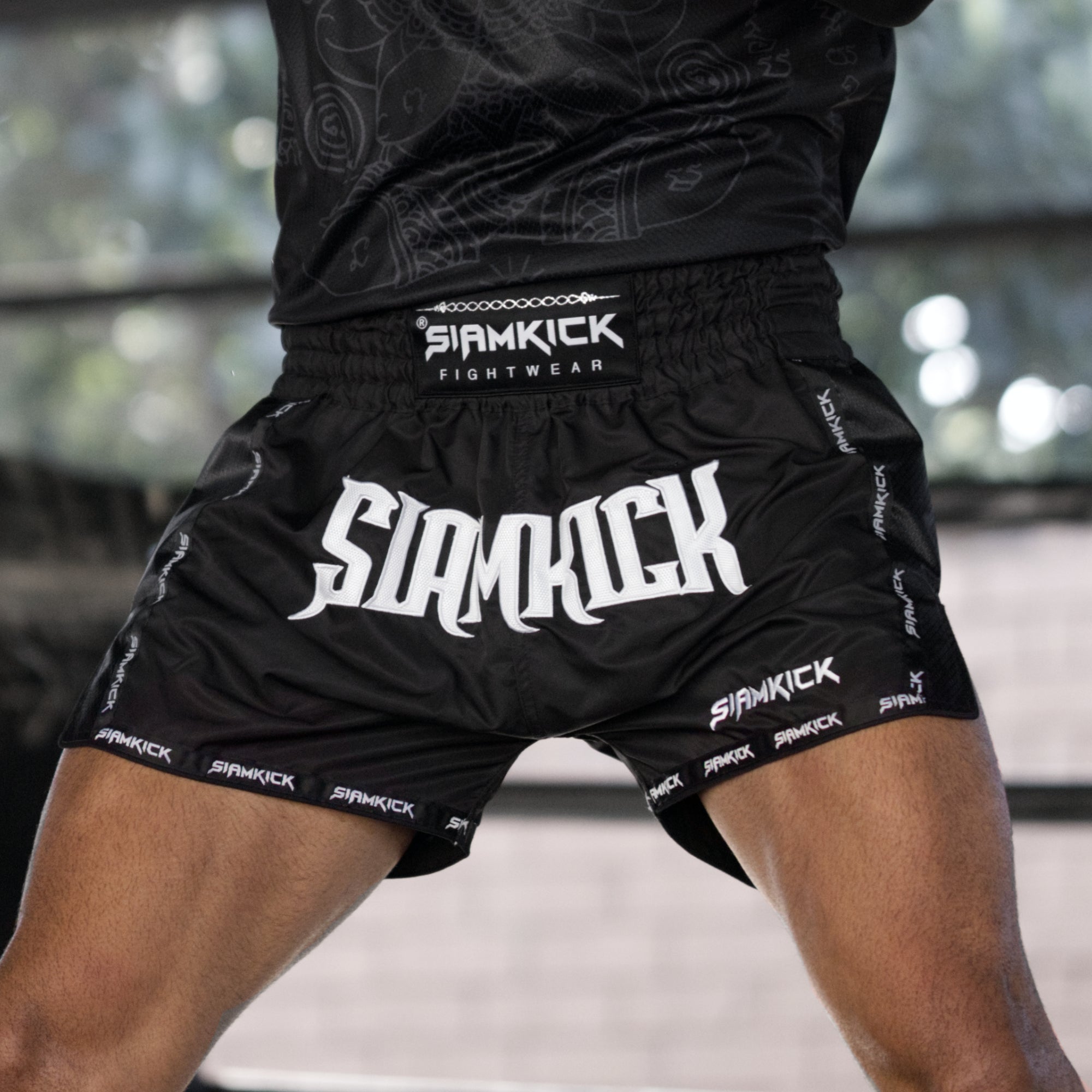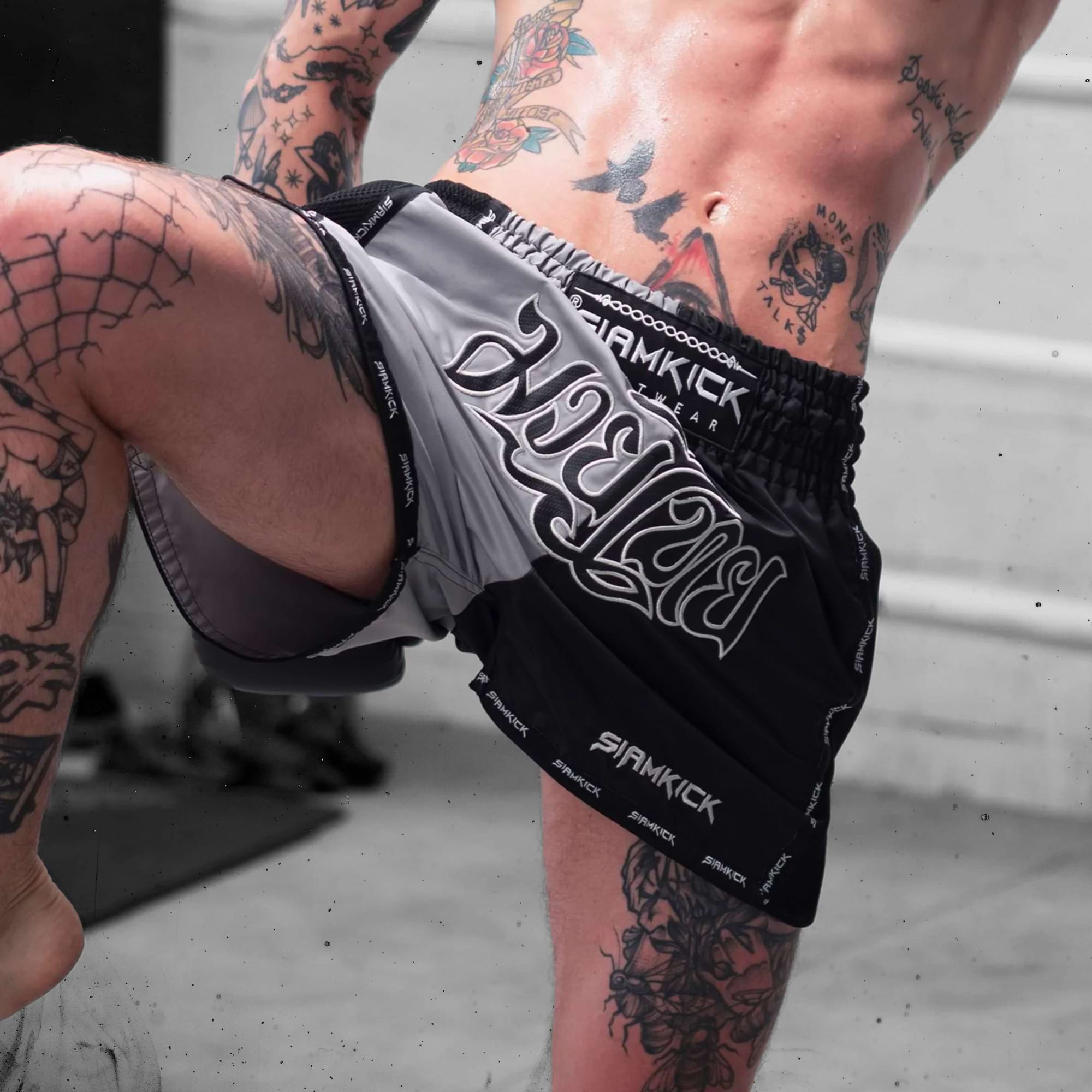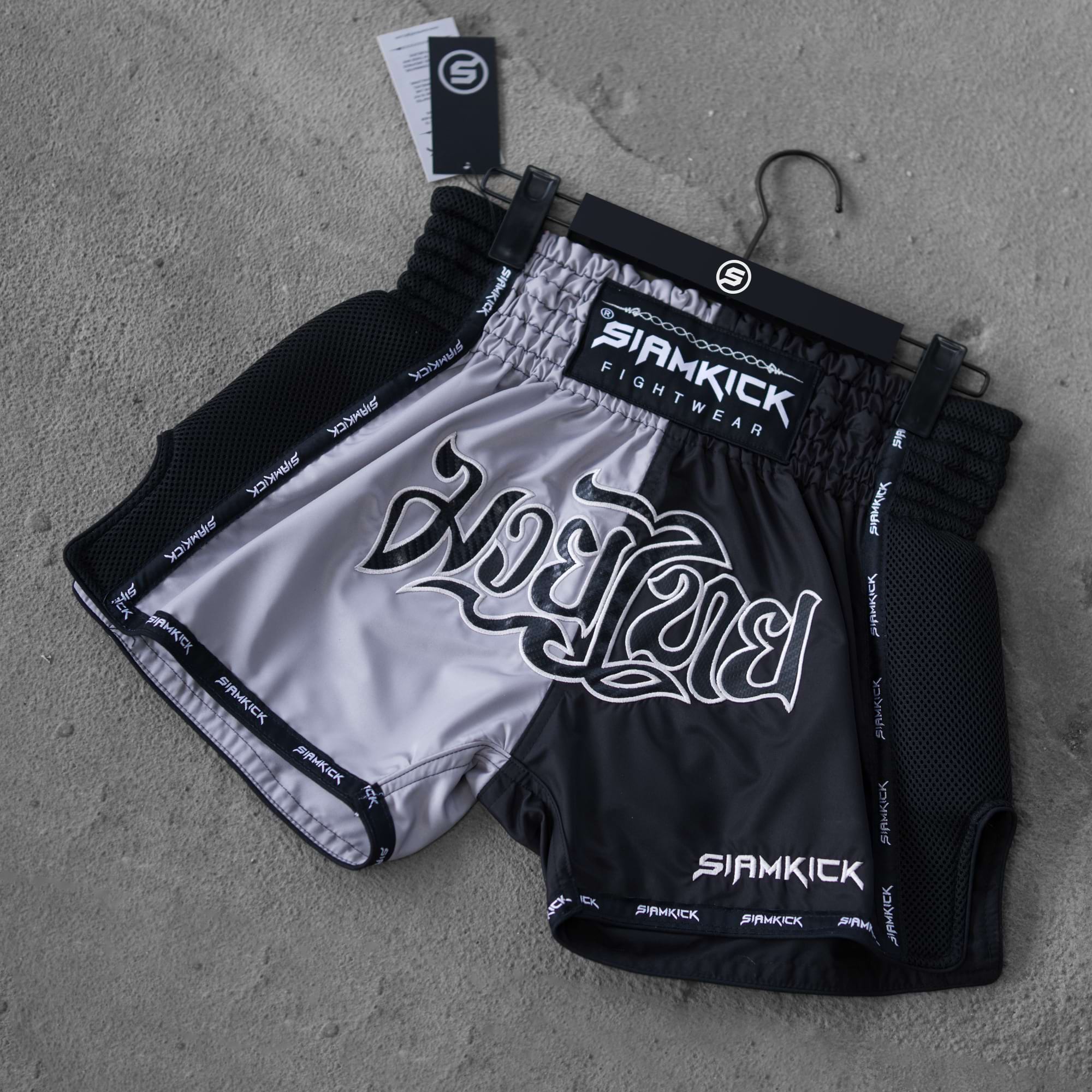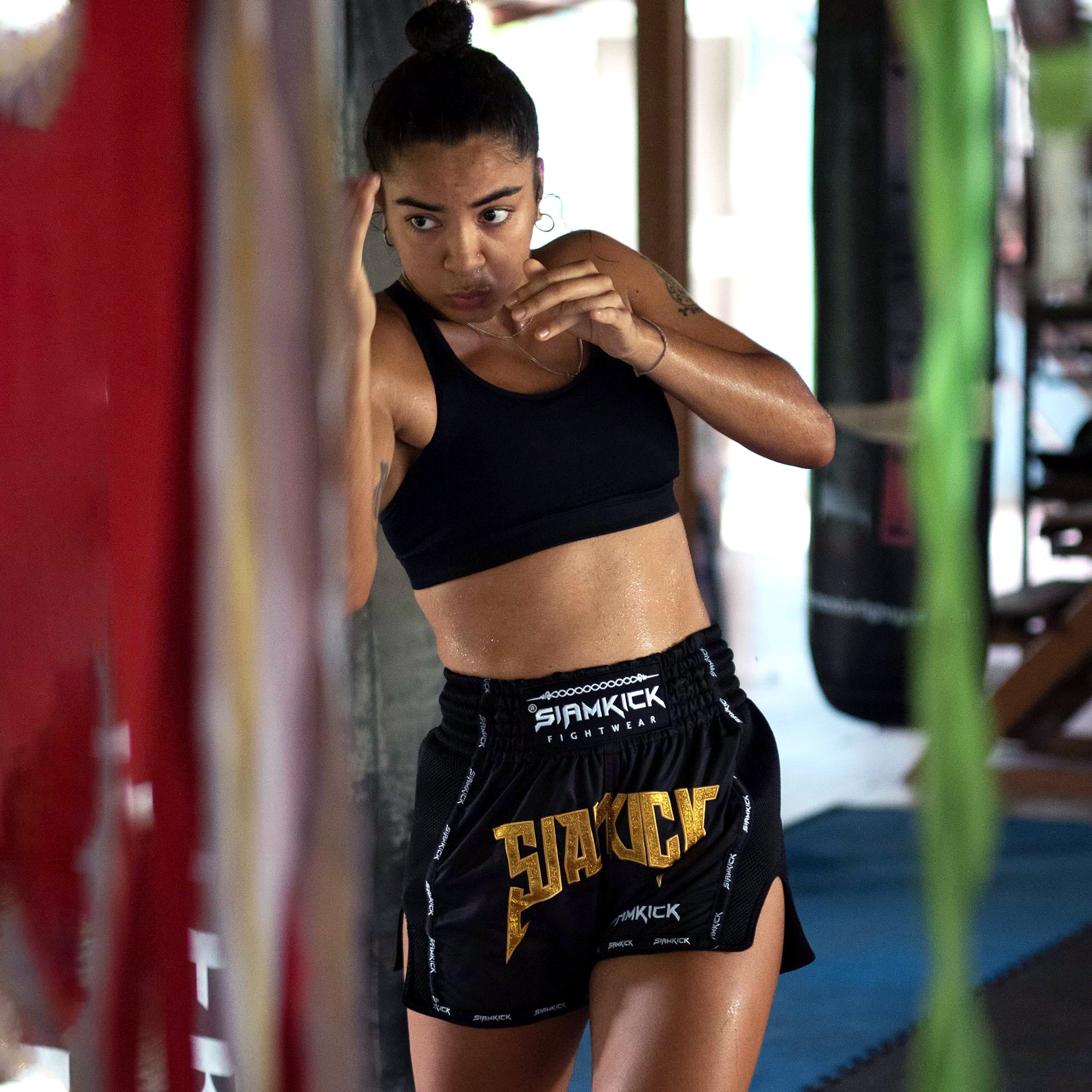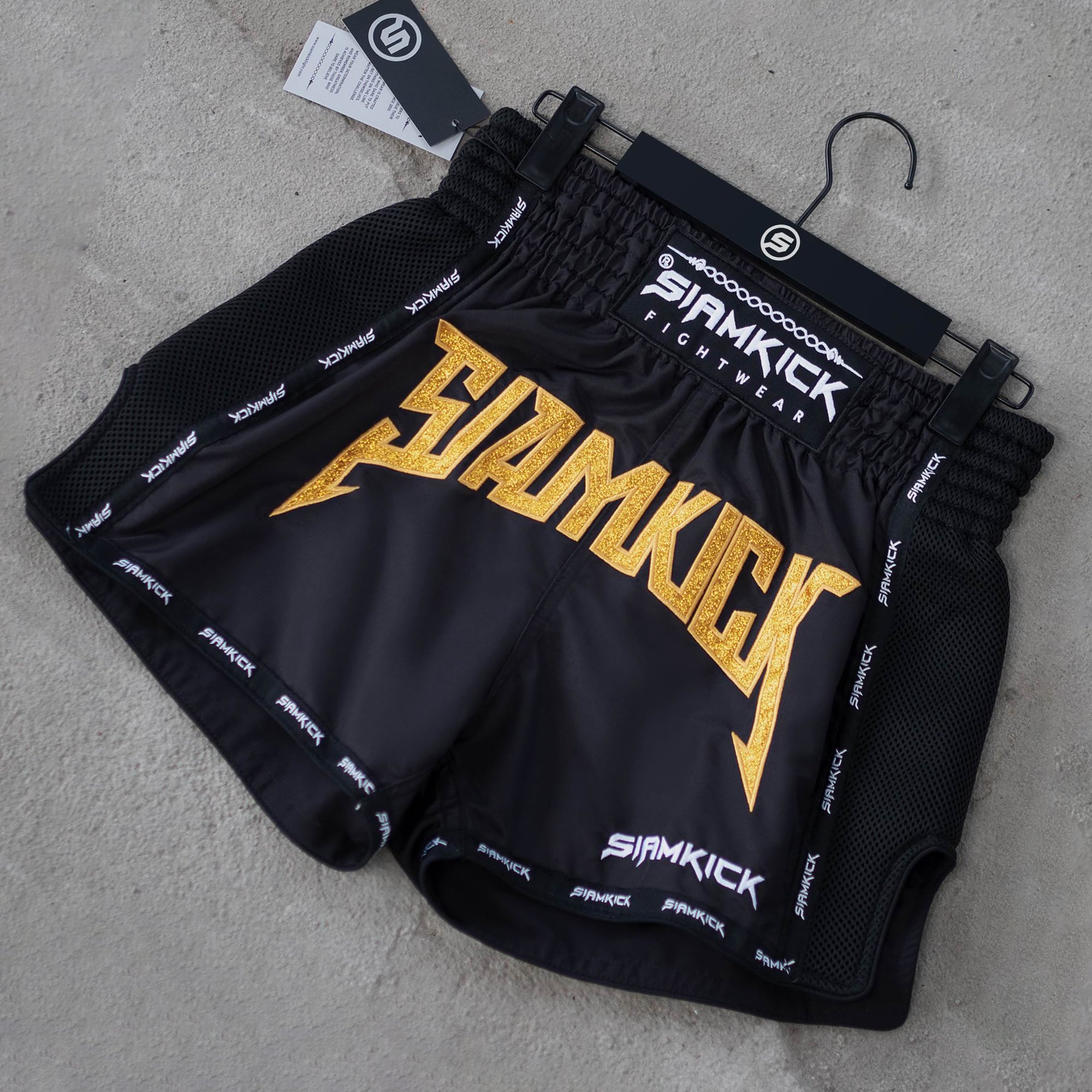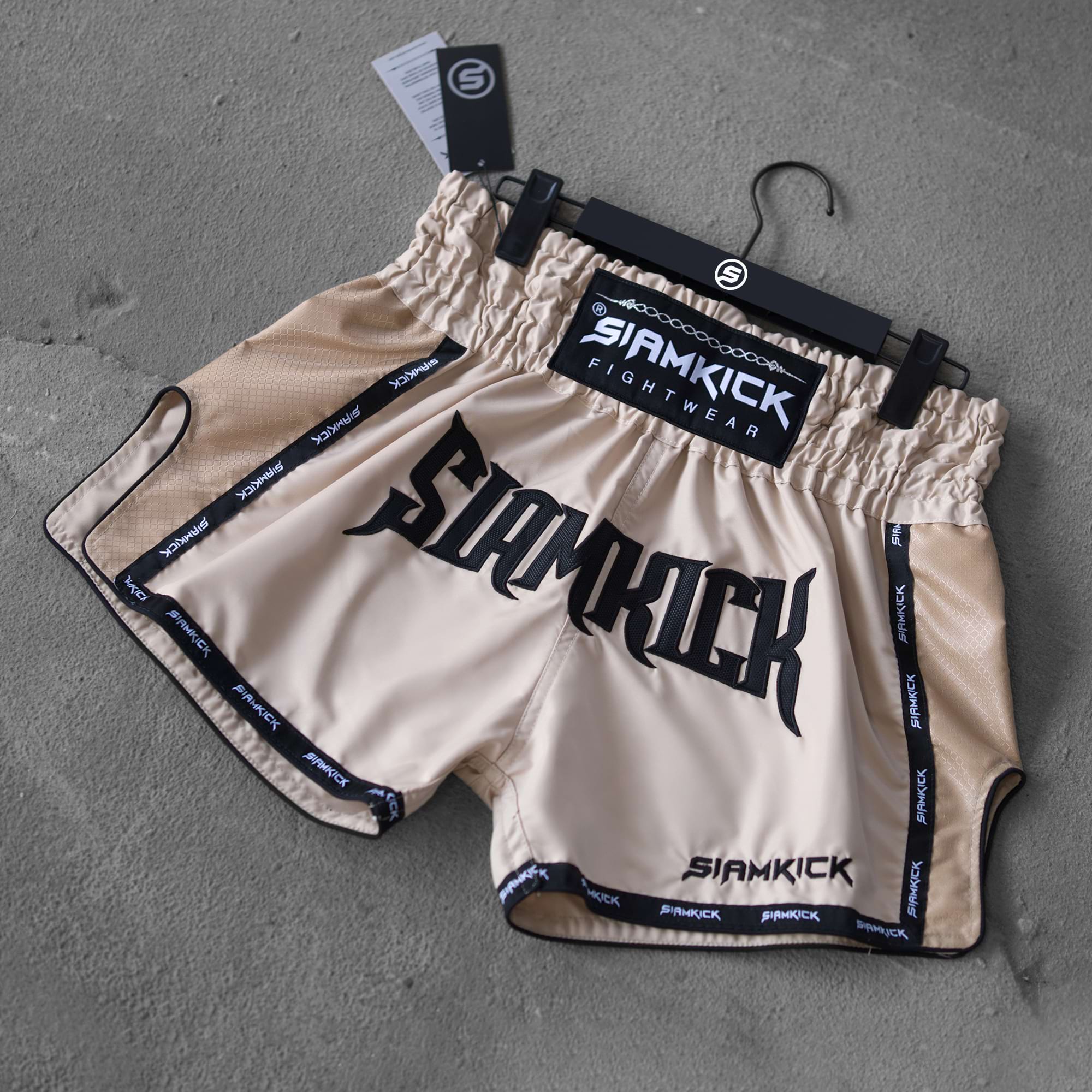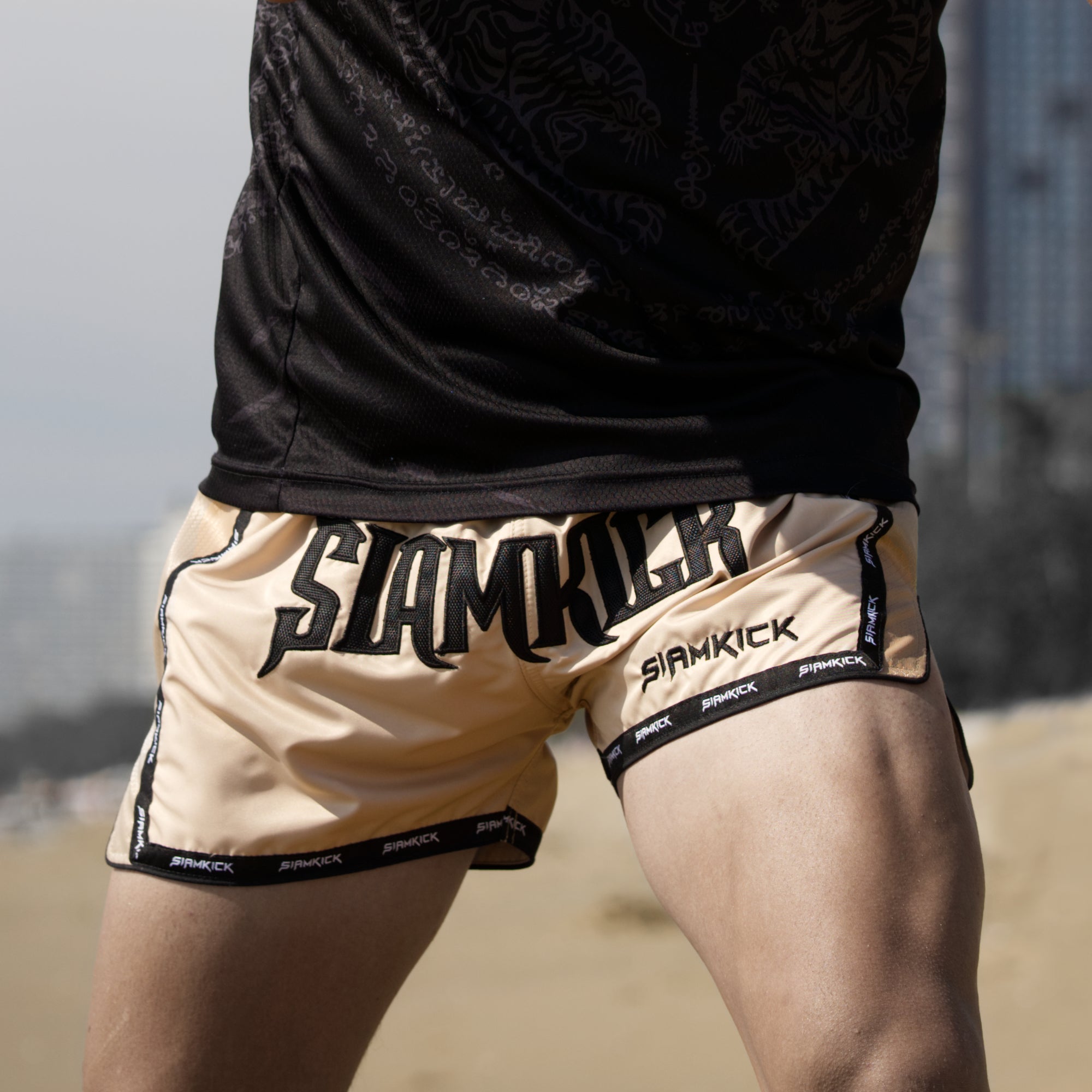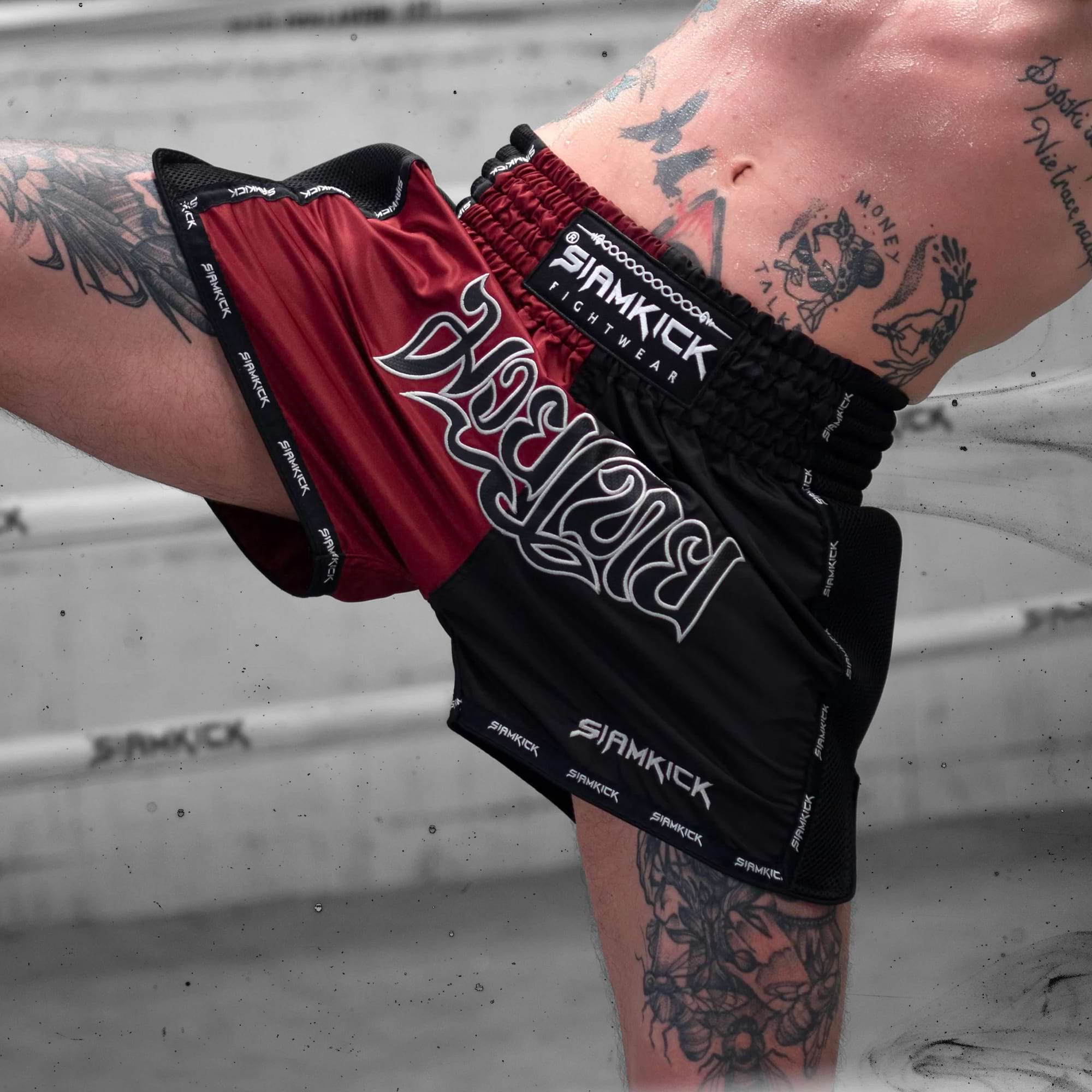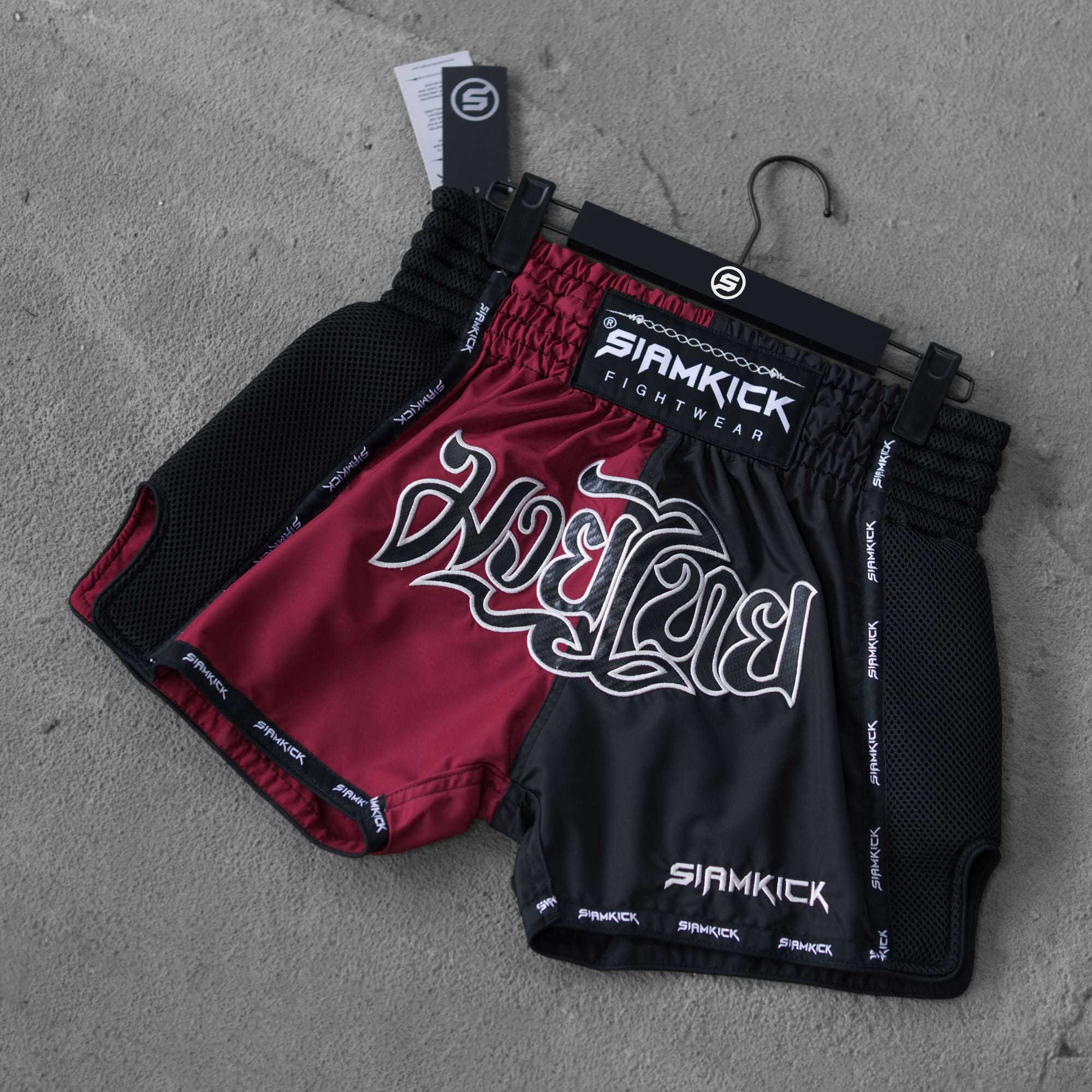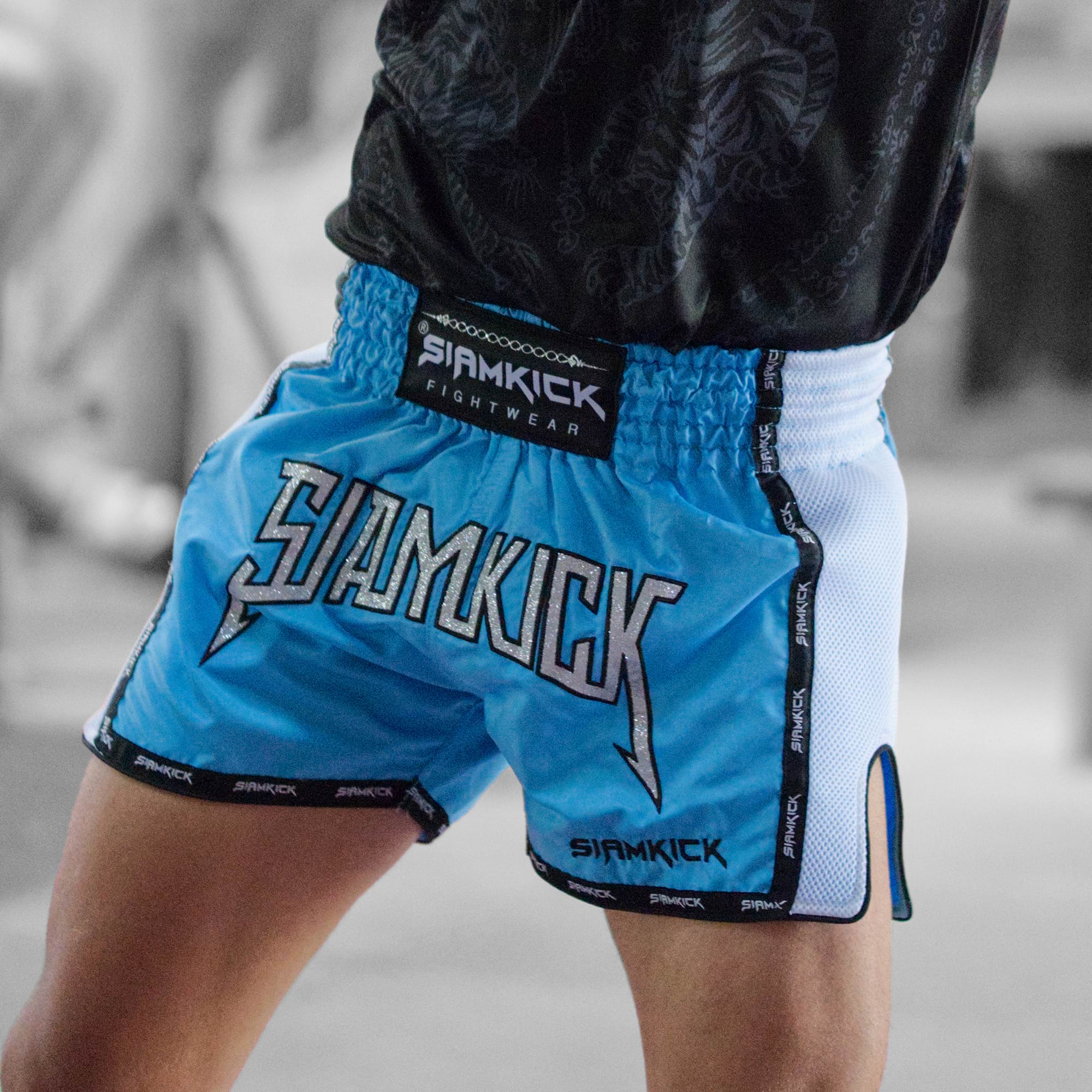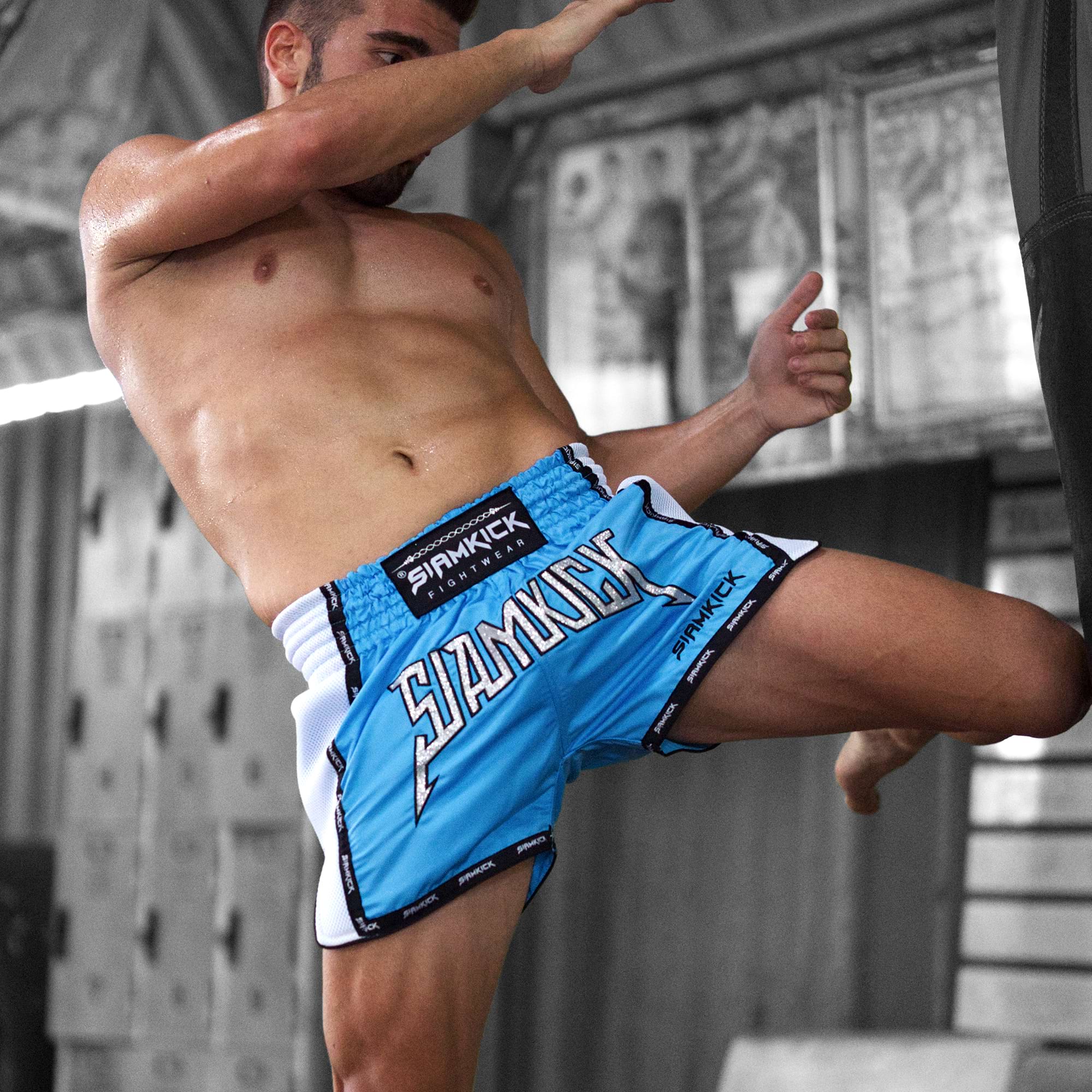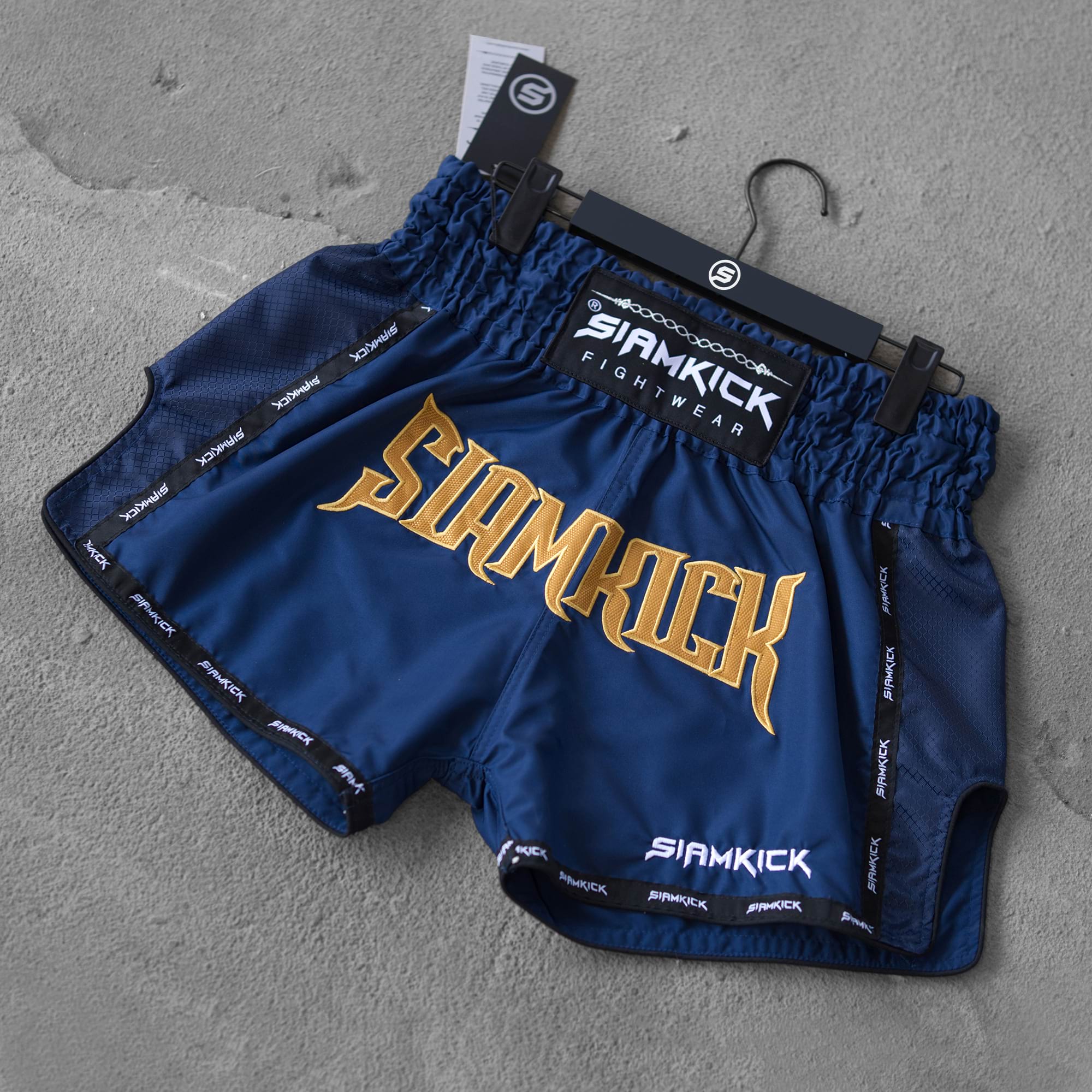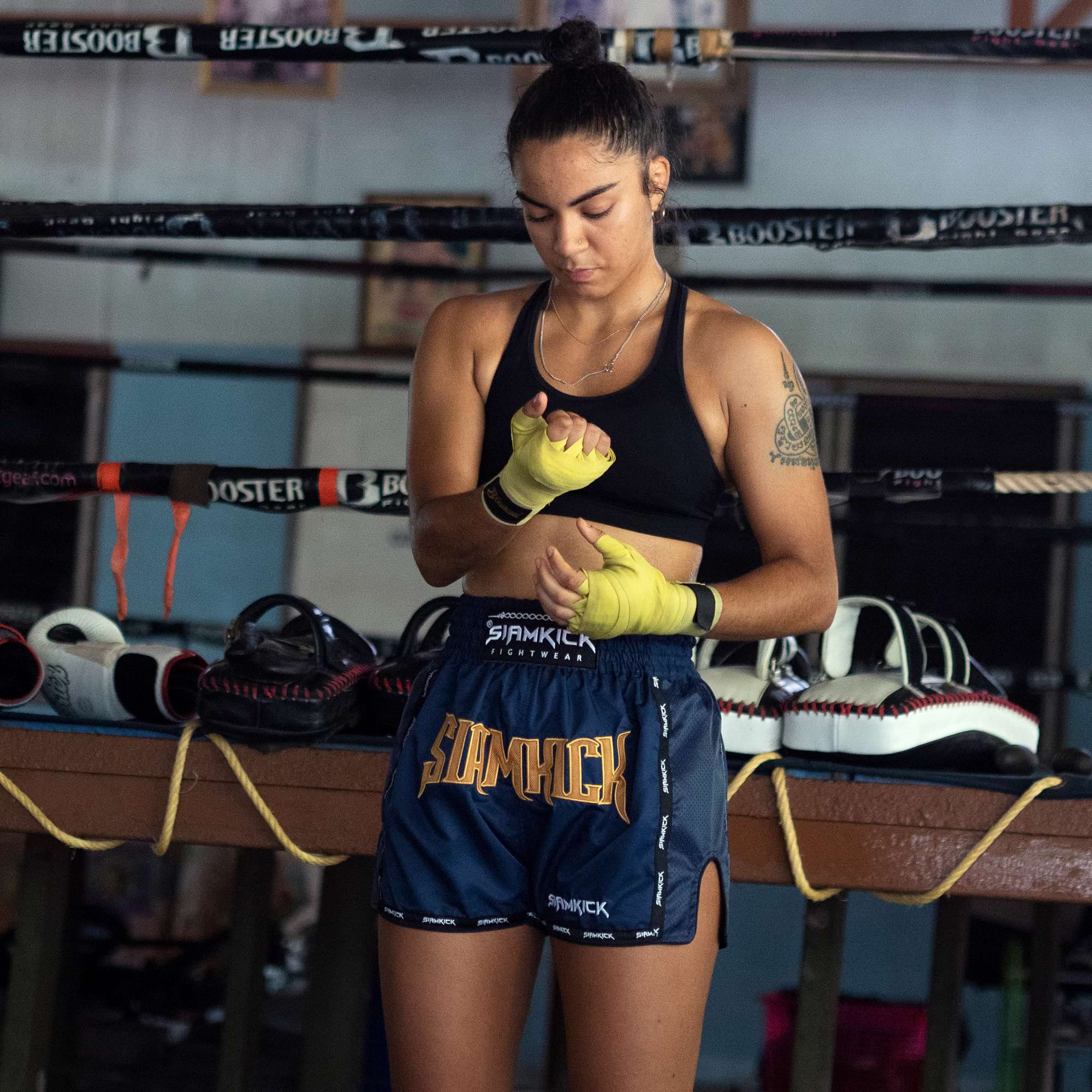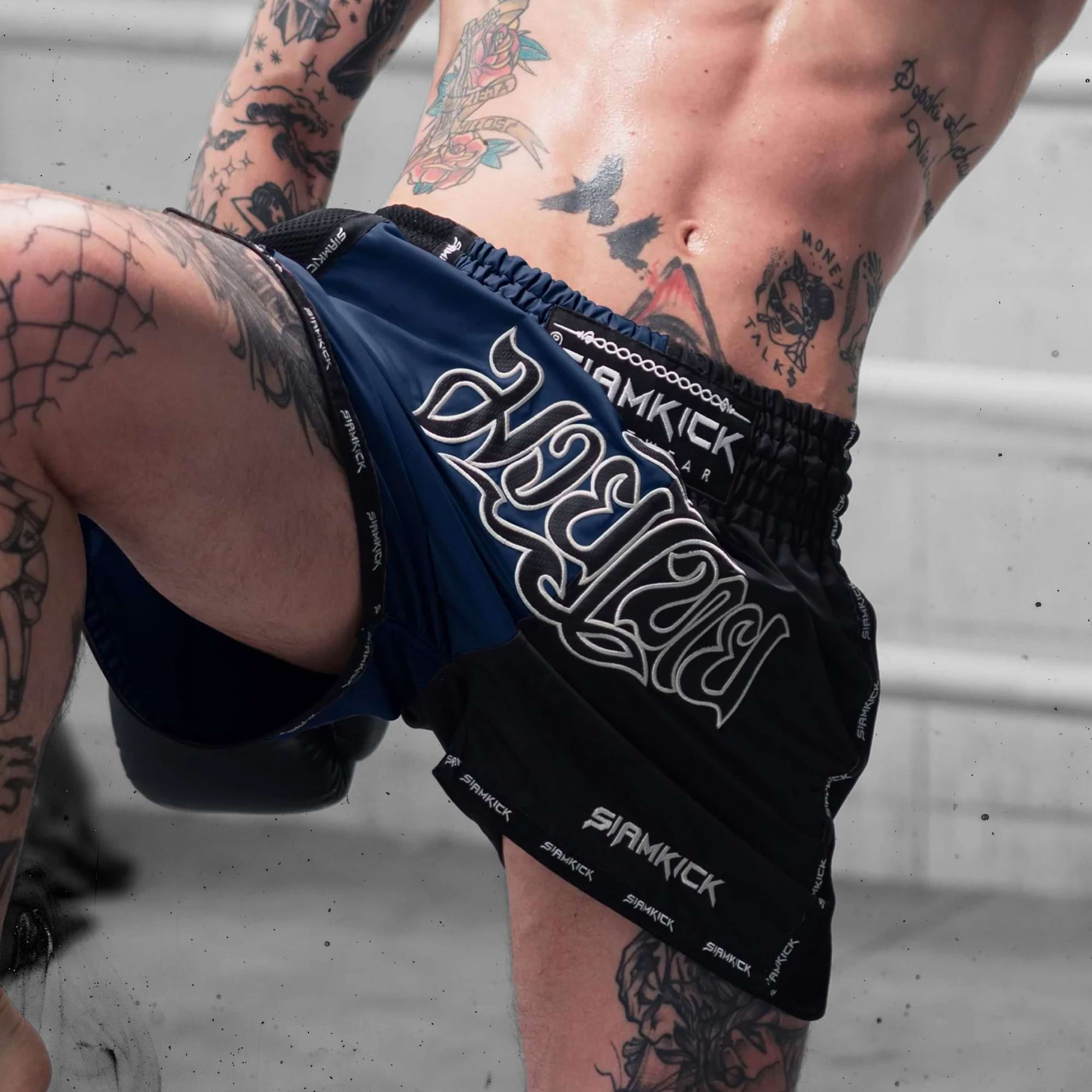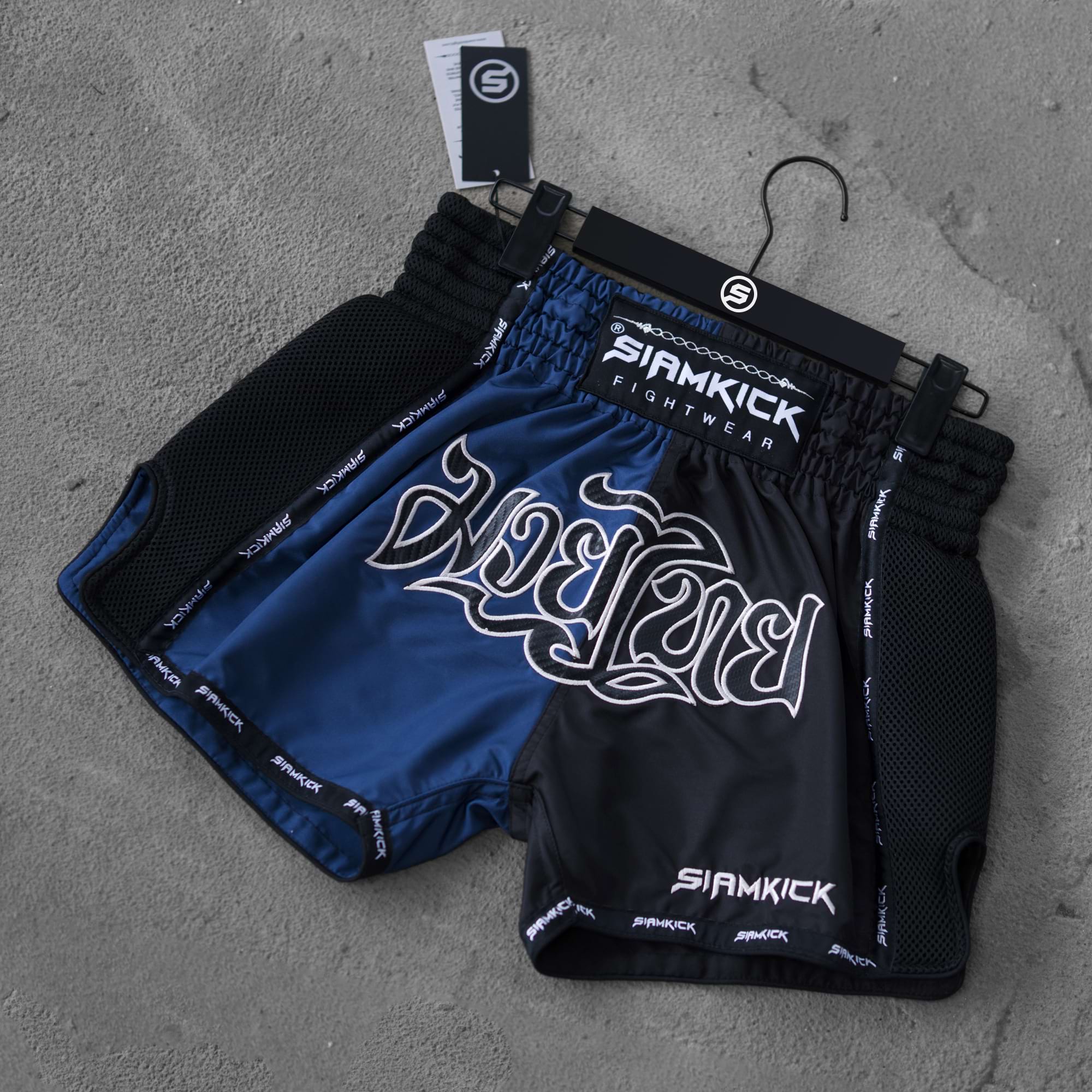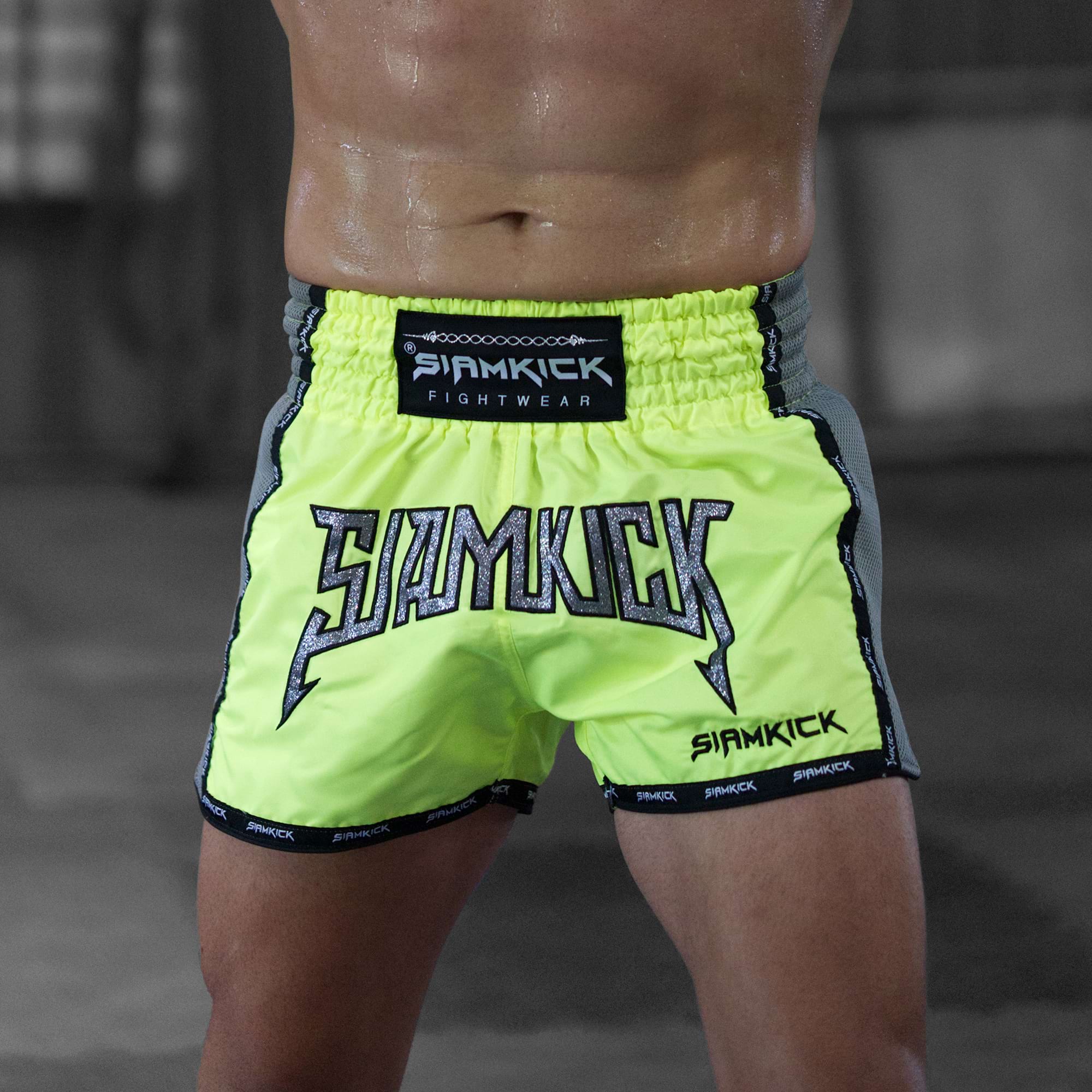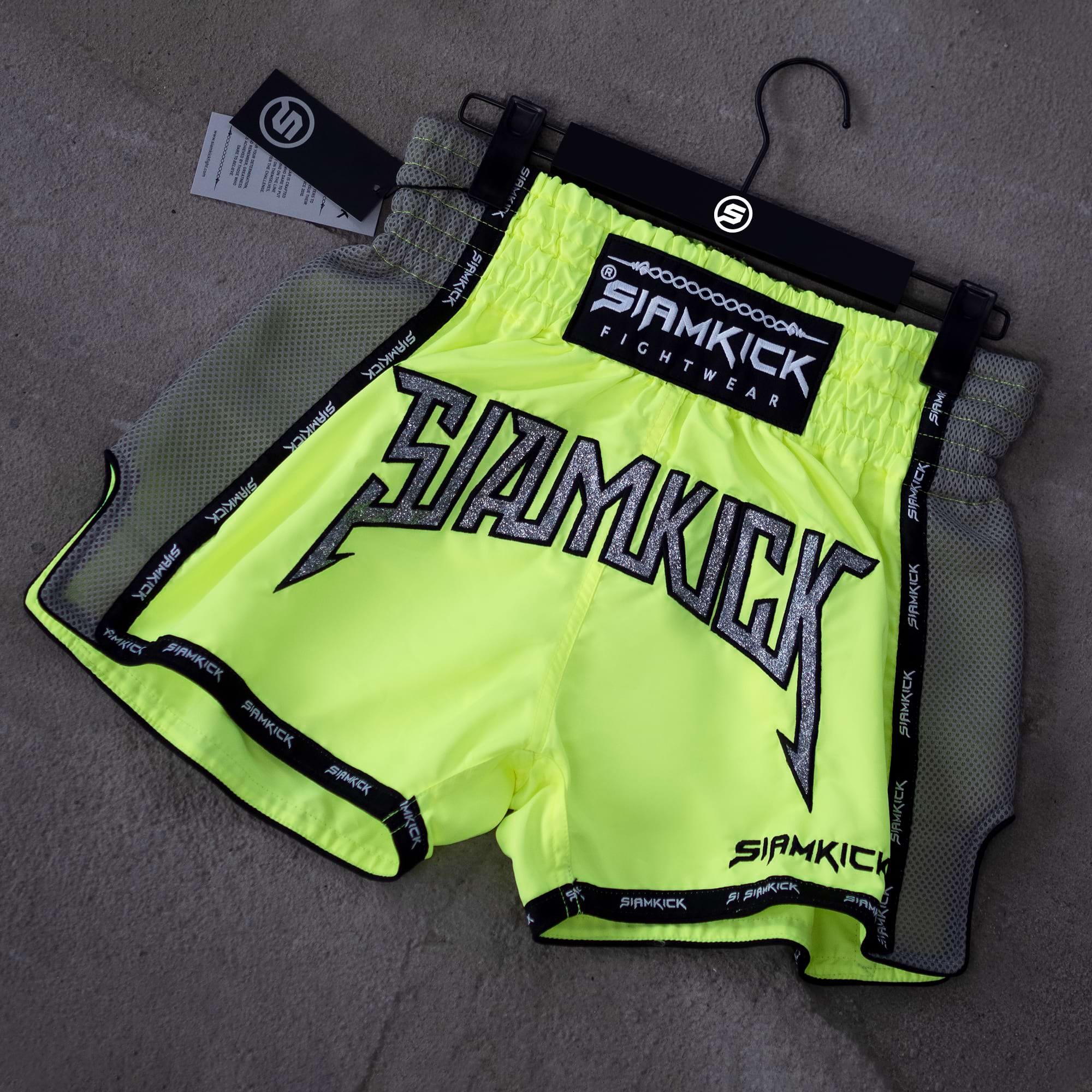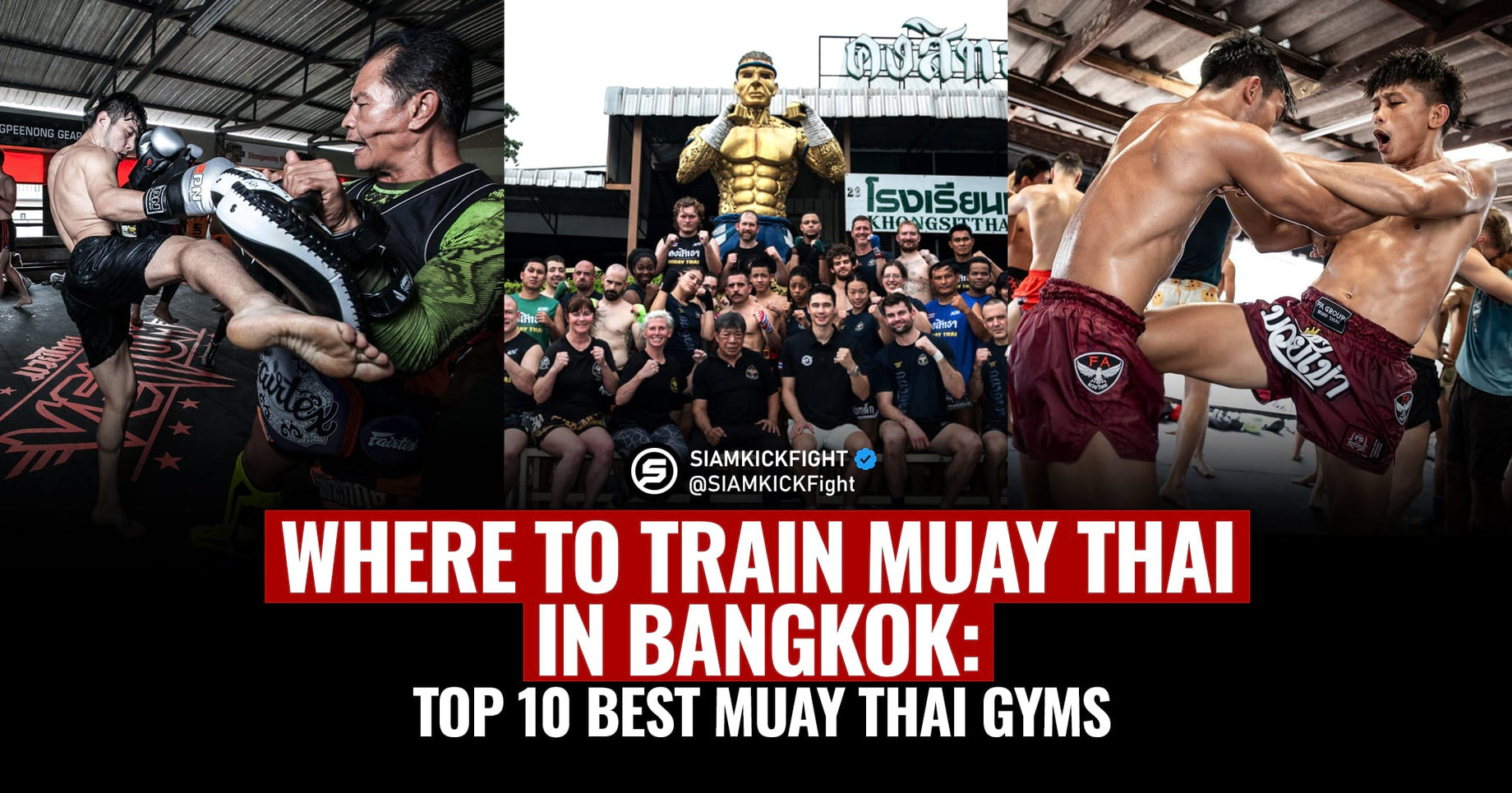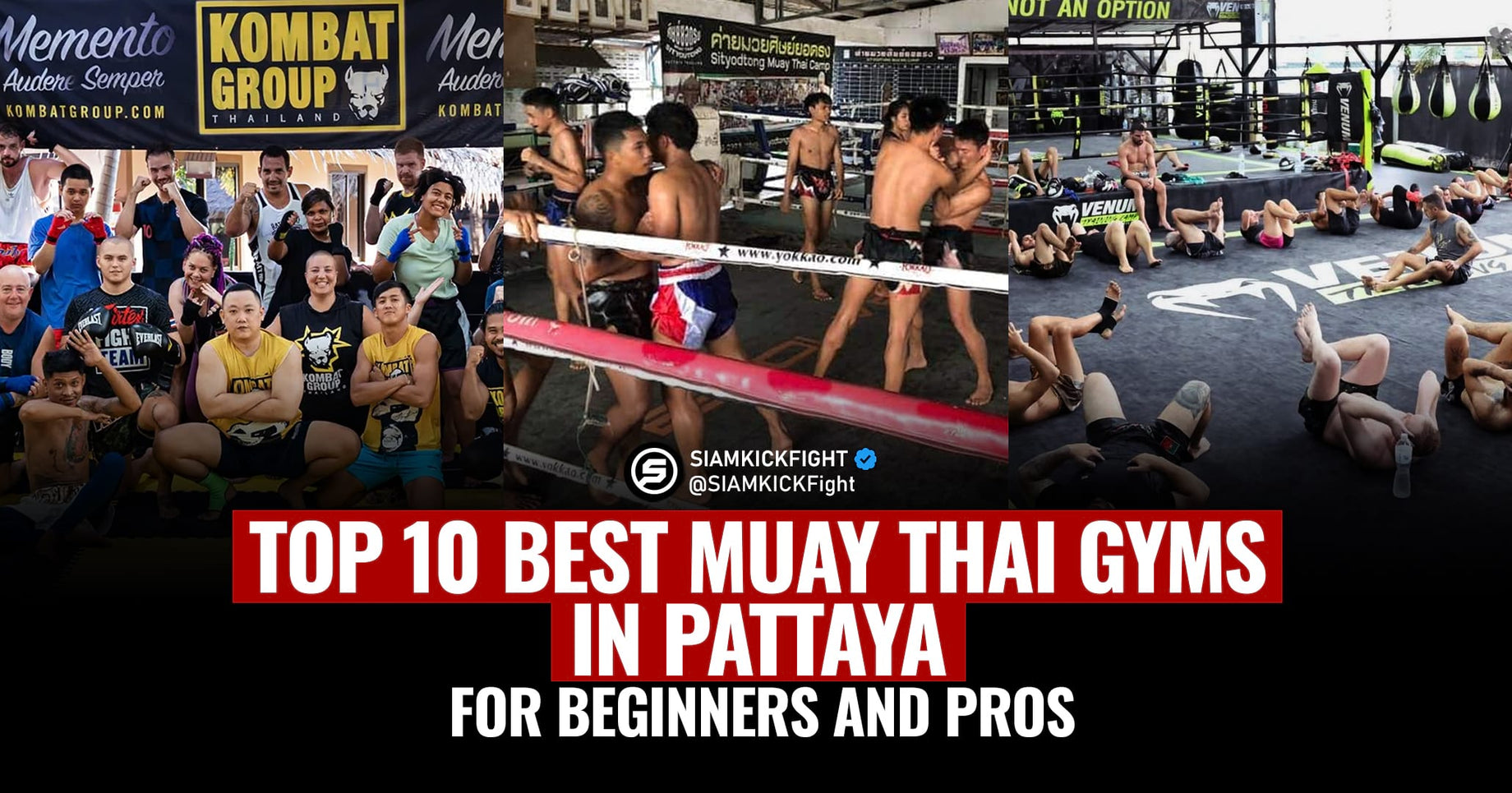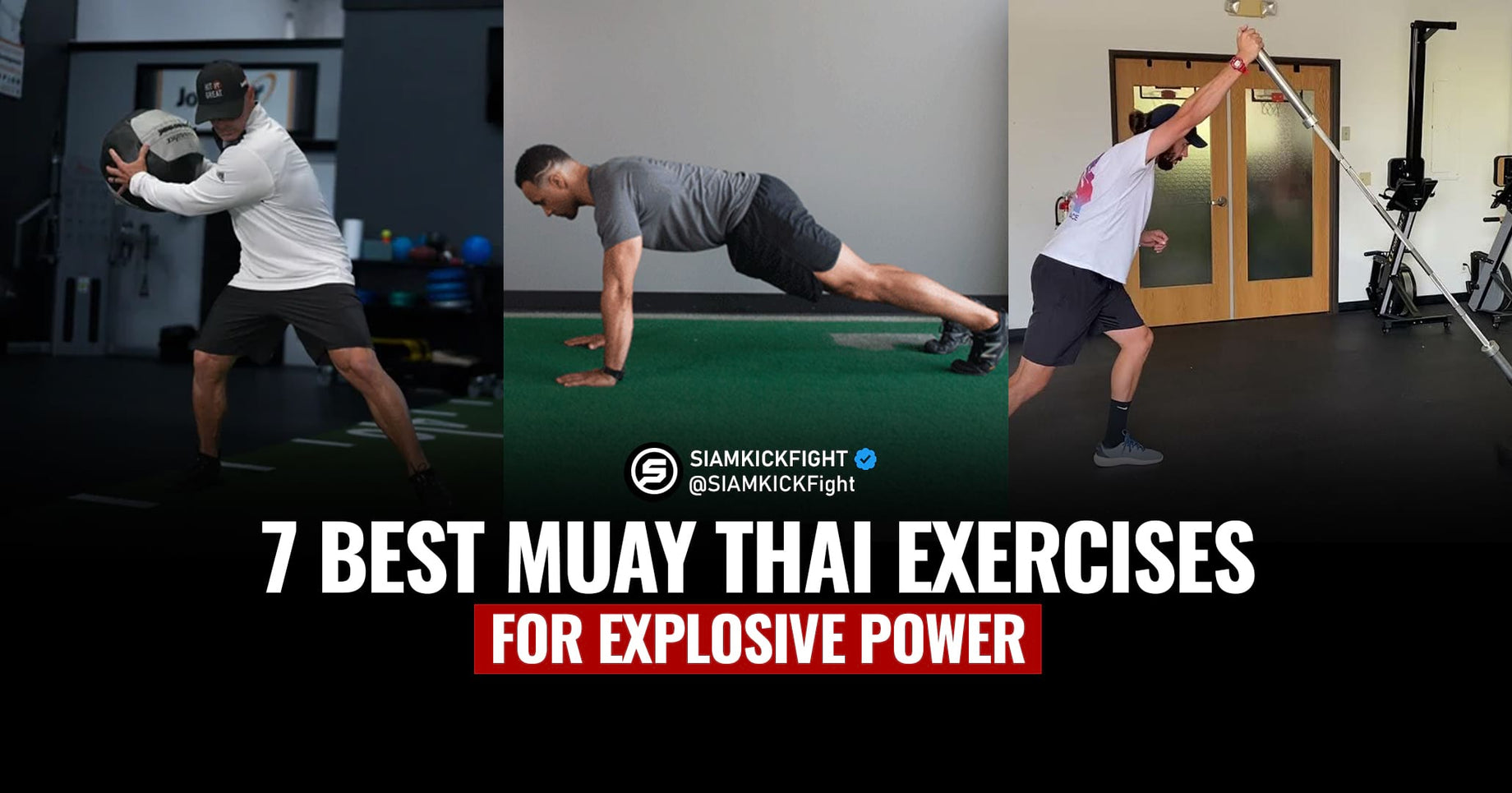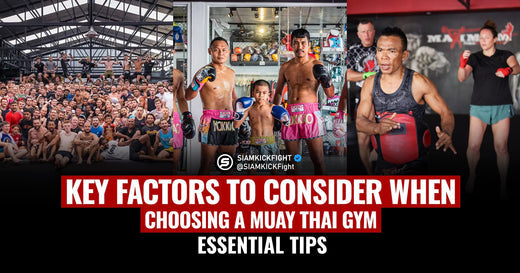Table of Contents

8 Limbs vs 9 Limbs
Martial arts enthusiasts around the world are familiar with Muay Thai, the "Art of Eight Limbs," but fewer might know about Lethwei, the "Art of Nine Limbs." In short, Lethwei allows headbutts, unlike Muay Thai. It also has fewer rules for grappling and no standard scoring system. Instead, fights follow a "last man standing" rule, where if there are no knockouts by the time limit, the bout is considered a draw. Fighters usually compete bare-knuckle, with minimal protective gear, making Lethwei potentially more brutal than Muay Thai.

Origins and History
Lethwei
- Lethwei, also known as Burmese bare-knuckle boxing, traces its roots back to ancient Myanmar. Historically used in warfare and self-defense, Lethwei has evolved into a popular sport that showcases the raw, unfiltered essence of combat.
- The earliest records of Lethwei date back to the Pyu Empire (2nd century BCE - 11th century CE), where it was practiced as a form of military training.
Muay Thai
- Muay Thai originated in Thailand and dates back to the Sukhothai Kingdom (1238-1583 CE), where it was practiced by soldiers for close-combat.
- Over the centuries, Muay Thai transformed from a practical fighting technique to a national sport and cultural treasure.
Rules and Judging Criteria
Lethwei
- Bare-Knuckle Fighting - Traditional Lethwei bouts are fought bare-knuckle, with minimal protective gear.
- Headbutts Allowed - One of the defining features of Lethwei is the legal use of headbutts.
- Fight Duration and Winning Criteria - Matches typically consist of five three-minute rounds. If there is no knockout, the fight is declared a draw.
Muay Thai
- Gloved Combat - Fighters wear boxing gloves, shin guards, and mouth guards for protection.
- No Headbutts - Headbutts are illegal in Muay Thai.
- Scoring System - Muay Thai matches are scored based on effective striking, dominance, and aggression over five three-minute rounds.
- Read the full guide on the Muay Thai scoring system here.
Techniques and Fighting Styles
Lethwei
- Striking Techniques - Known as the "Art of Nine Limbs," Lethwei is renowned for its use of headbutts, in addition to punches, elbows, knees, and kicks.
- Clinching and Grappling - Fighters often engage in aggressive clinching, using headbutts and elbows to break the opponent's defense.
- Defense and Movement - Emphasis on agility and evasion, with fighters using a bouncing rhythm to stay unpredictable.
Muay Thai
- Striking Techniques - Known as the "Art of Eight Limbs," Muay Thai utilizes punches, elbows, knees, and kicks.
- Clinching - The clinch in Muay Thai is a refined art, focusing on control, balance, and powerful knee strikes.
- Defense and Movement - Muay Thai fighters employ a solid stance with defensive techniques such as blocks, parries, and evasion.
Training and Conditioning
Lethwei
- Traditional Camps - Training often takes place in traditional camps, with a focus on conditioning, technique, and sparring.
- Bare-Knuckle Sparring - Fighters frequently spar bare-knuckle to acclimate to the conditions of a real match.
- Mental Toughness - Emphasis on developing a warrior's mentality, withstanding pain, and enduring physical hardship.
Muay Thai
- Modern Gyms - Muay Thai training is widely available in modern gyms around the world.
- Pad Work and Bag Work - Fundamental parts of training, focusing on technique, power, and endurance.
- Roadwork and Conditioning - Extensive running and conditioning exercises to build stamina and strength.
Which Martial Art is Better?
Neither Muay Thai nor Lethwei can be definitively declared better overall. Muay Thai is often considered the better martial art for those seeking a globally recognized discipline with structured training and a strong cultural foundation. Lethwei may be better for those looking for a more intense, traditional experience that emphasizes raw striking and toughness. Ultimately, the "better" choice is the one that aligns best with your personal goals, interests, and training preferences.


